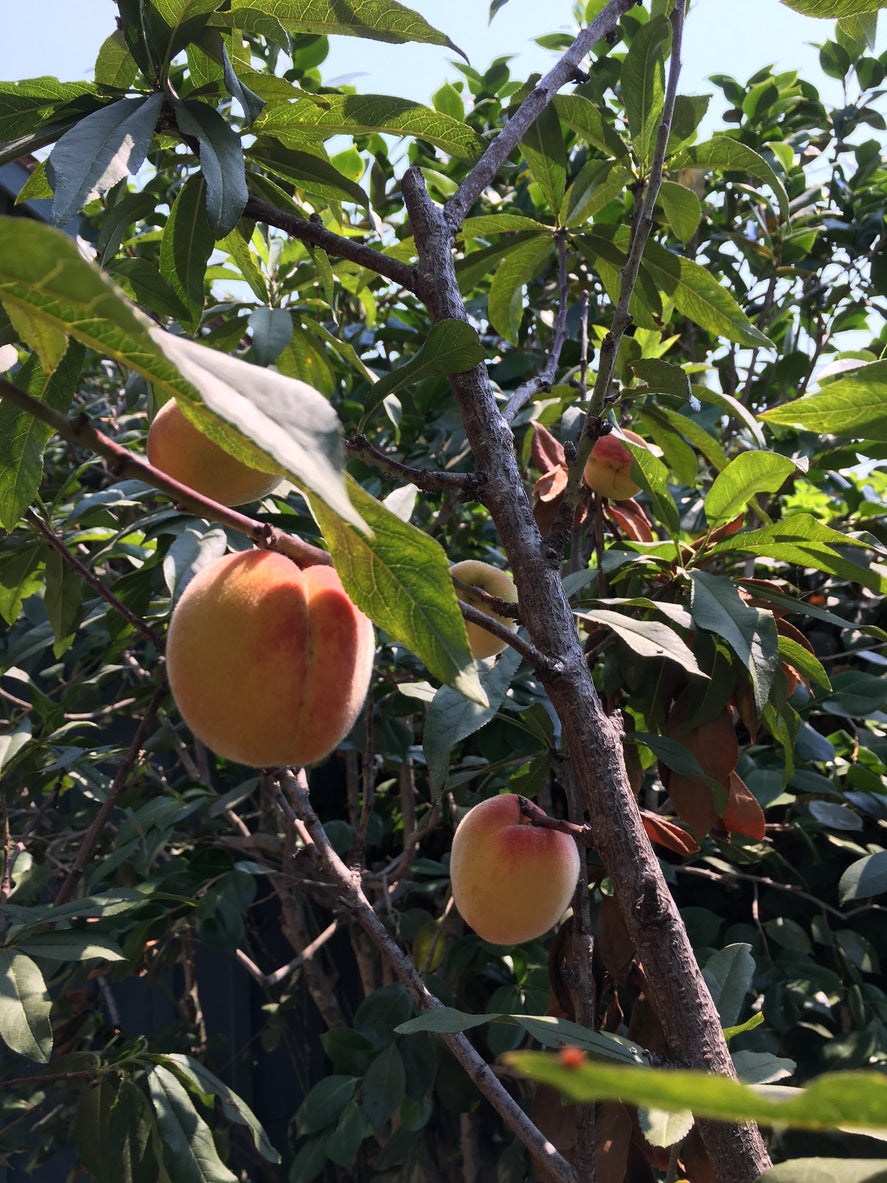Santa Barbara Peaches: How To Grow Santa Barbara Peach Trees


For a tasty, sweet, and large peach, Santa Barbara is a popular choice. What makes this variety unique is not just the high quality of the fruit, but the fact that it has a low chill requirement. It is a great option for gardeners in areas with a mild winter, like California.
About Santa Barbara Peaches
Santa Barbara peach trees are a fairly new development in fruit growing. The peaches were first discovered as a sport growing on a Ventura peach tree in southern California. A sport is a branch with fruit that is different from the rest of the fruit on the tree. Researchers soon discovered that the new sport was similar to the Elberta variety, a peach known for its high quality, very sweet flavor and good texture. How it differed from Elberta though was in its low chill requirement. These trees need only 200 to 300 chill hours, while Elberta requires 400 to 500. The new sport was soon named Santa Barbara and was introduced to growers in California who were ready for such a tasty fruit that could actually be grown in their climate. The peaches are large with yellow flesh. They are freestone and have a high sugar content. Santa Barbara peaches are best eaten fresh and won’t last long off the tree, but they can be canned.
How to Grow Santa Barbara Peaches
Santa Barbara peach care is much like that for any other peach tree. If you give it the right environment and conditions, it will thrive and produce a big harvest. Put your tree in a spot with full sunlight and soil that drains and won’t leave it in standing water. Make sure it has space to grow to 15 or 25 feet (4.5-7.5 m.) tall. Water your Santa Barbara peach tree regularly in the first season and after that only as needed. Use fertilizer once or twice a year, but also amend your soil with compost before planting if it’s weak. You do not have to get a second variety of peach tree to pollinate it, as this tree is self-fertile. Prune the peach tree each year in late winter or early spring to maintain your tree’s shape and health. Be ready to harvest your peaches in midsummer.
Gardening tips, videos, info and more delivered right to your inbox!
Sign up for the Gardening Know How newsletter today and receive a free copy of our e-book "How to Grow Delicious Tomatoes".

Mary Ellen Ellis has been gardening for over 20 years. With degrees in Chemistry and Biology, Mary Ellen's specialties are flowers, native plants, and herbs.
-
 8 Perfect Flowers To Plant With Tomatoes To Boost Yields & Banish Pests
8 Perfect Flowers To Plant With Tomatoes To Boost Yields & Banish PestsDon’t forget flowers when choosing companion plants for your tomato beds or pots. These pretty, fragrant blooms add beauty but are also highly beneficial.
By Mary Ellen Ellis
-
 Want The Longest Lasting Hydrangea Flowers? Grow These 8 Panicle Hydrangea Varieties
Want The Longest Lasting Hydrangea Flowers? Grow These 8 Panicle Hydrangea VarietiesFor ornamental shrubs that deliver the longest flowering seasons with plush blooms and delicate hues, these panicle hydrangea varieties are essential in your yard
By Tonya Barnett